By: Kathleen Pickering http://www.kathleenpickering.com
Author Plug: Want to put your finger on the pulse of the writing world? Attend writing conferences. The latest? Graphic Novels.
While at the Romantic Times Convention in Chicago last month, I attended a workshop on Graphic Novels with notable panelists such as Gregg Hurwitz, Heather Graham, F. Paul Wilson and Jade Lee. Romance author and graphic novelist, Anne Elizabeth, moderated the panel. Quite a line-up of professionals to talk about something as juvenile as comic books, wouldn’t you say?
Let me tell you, the Crash! Boom! Blam! about graphic novels and the impact they are having on the industry opened my eyes faster than a speeding bullet.
Snooping around the Internet, I discovered that as far back as 2005, librarians have espoused the benefits of graphic novels as educational tools in schools and libraries.
In an article written by Leslie Bussert, an ethics/humanities librarian at the University of Washington, Bussert stated, “Comic books and graphic novels are becoming two of the most pervasive and influential media forms of popular culture. Placed within the context of changing society, comic books and graphic novels entertain and educate, but they have also been instrumental in documenting and interpreting social, historical, and current events.”
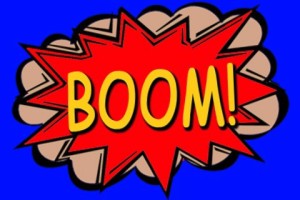
Comics and graphic novels are proving to be great tools for students to analyze character development, dialogue and language structures. Combine these with visual elements and readers are presented with a multi-variable art form that stimulates the imagination more than just the written word.
Granted, some graphic novels may be too graphic for some folks to digest. Lots of concerned parents feel this way. The issue against graphic novels has been so strong that the American Library Association distributed materials to librarians on how to defend graphic novels in public libraries. Just like going to the movies, parents must take an active role in their children’s entertainment consumption. Concern like this shows how powerful comics and graphic novels are in reaching their readers.
From an author standpoint, writing graphic novels is like screenwriting on steroids. Where a screenwriter must distill the salient points of his story to about 95 pages, a graphic novelist must reduce his story to snippets and still keep the plot powerful with artwork that will say more than words, all within perhaps 30 pages, or less.
The panelists at the RT workshop provided wonderful insights to this genre. Two points that I found fascinating were that, one, they found working with graphic artists in creating their stories an incredible inspiration during the creation process. And, two, they insisted that not only was creating graphic novels a whole lot of fun, the genre is becoming an excellent and profitable spin-off for novel writing.
Our culture is devouring graphic media, as evident not only in comics and graphic novels, but on the silver screen. The Batman, Spiderman, Superman series have been crowding movie theaters for years. Now, with the Avengers series focusing on all the Super heroes, comics-gone-movies are block busters.
I heard that in comparing first sales, The Avengers outsold Harry Potter in the opening weekend. That says much about the allure of comics and graphic novels.
The TV series Buffy the Vampire Slayer has gone graphic novel. Classical greats, such as Shakespeare and Jane Austen’s, Sense and Sensibility, can now be found as graphic novels.
Are graphic novels another venue for the writer to consider? Absolutely. I can see turning my Mythological Sam series into graphic media down the road. Actually, since attending this workshop, graphic media has become another benchmark for my publishing plan. I wouldn’t have thought of it had I not attended this workshop.
How about you? Do you like graphic media? Do you see graphic novels as a part of your writing future?
xox, Piks

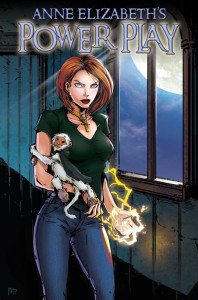
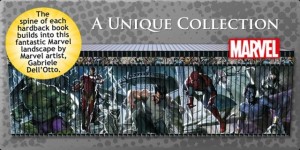
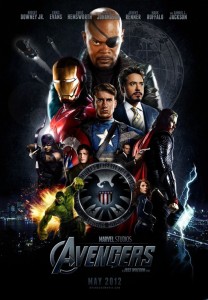
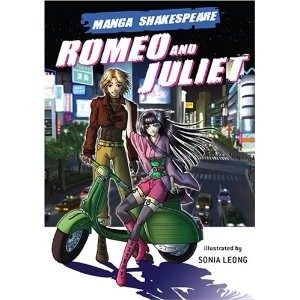
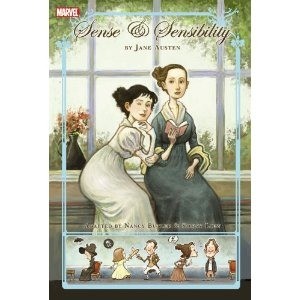
I remember when “The Dark Knight” and “Watchmen” were released in the 80’s. Those two series redefined what a comic book was and could be. I think it was the “Dark Knight” in particular that inspired the term Graphic Novel.
The stories they portrayed (VERY dark and twisted) were nothing like typical comic book fanfare of he day, and they elevated comics to an artform.
When they announced they were going to Make “Watchmen” into a movie, a lot of people were apprehensive. It was a fantastic story with many levels of intrigue and character development.
In the end, they essentially used the original source material as story boards (even though they changed the end) and the finished movie was phenominal.
I consider myself very fortunate to have been around when they were originally released.
I love comic books, sequential art, graphic novels, whatever you want to call them. I read them fairly non-stop from 1955 to 2000.
In addition to WATCHMEN and DARK KNIGHT, try ULTIMATE AVENGERS, which is the Avengers team in a world a bit closer to this one. Tony Stark/Iron Man is a barely functioning alcoholic, Thor may or may not be delusional, Captain America…just get it and read it. It’s great. Also: THE PREACHER. A minister with the power of command wanders through the south and southwest with a hottie and a vampire. HBO still, I believe, has an option on this one for a series. I tried to talk Ken Bruen into auditioning for the vampire part but he demurred. And check out Marvel’s adaptation/modification of Stephen King’s DARK TOWER, whether you have read the source material or not.
If there is a young person in your life who has difficulty reading, graphic novels can get them going. Start with some funny animal books and proceed from there.
John/Joe—agreed. Graphic novels take you places that regular entertainment doesn’t!
As a reading tool graphic novels rock. It is how I started reading as a kid. Once hooked . . . 🙂
I’ve read that so many boys learned to love reading by reading comic books (and today, I assume, graphic novels). As our culture become more visually oriented, with shorter attention spans, I think graphic novels will continue to grow in popularity and market share.
I had major reading issues as a kid. If it were not for the Lone Ranger comics, I never would have figured it out.
Illustrated Classics got me started. Between those and Sgt Rock mixed with a bit of Batman and Daredevil comics were a major impetus to my story telling youth.
Oh…and cannot forget those comics in Boys Life magazine, particularly the Scouts in Action.
Exactly, Kathryn!
Jim–Me too, except mine were tame: Archie, Richie Rich, Superman–oh, yeah!
Basil–and Highlights for Kids? What a way to ween a young reader into graphic novels! LOL!
Thanks all, for your comments!
Graphic novels . . .
Neil Gaiman’s “Sandman” series are, to me, the ultimate of the genre.
Those stories wouldn’t make good novels and would make terrible movies. They were perfectly suited to the artform.
Terri
Joe – Preacher ruled . . .
Across the board, the DC Vertigo imprint was a real game changer.
Terri
Great post, Piks. Graphic novels are amazing. I’ve attended conference sessions on them & been blown away by the art.
I’ll have to check out Neil Gaiman’s Sandman. Thanks, Terri.
I’m still a bit mesmerized by that “Power Play” cover.
Yes, Jim. Anne Elizabeth has her finger on the pulse . . .
Jordan, I was so surprised by how great an impact GNs are having on the writing world. An eye opener, for sure.
Terri–I’ve heard that about “Sandman.” I’m with Jordan. Gonna check them out.